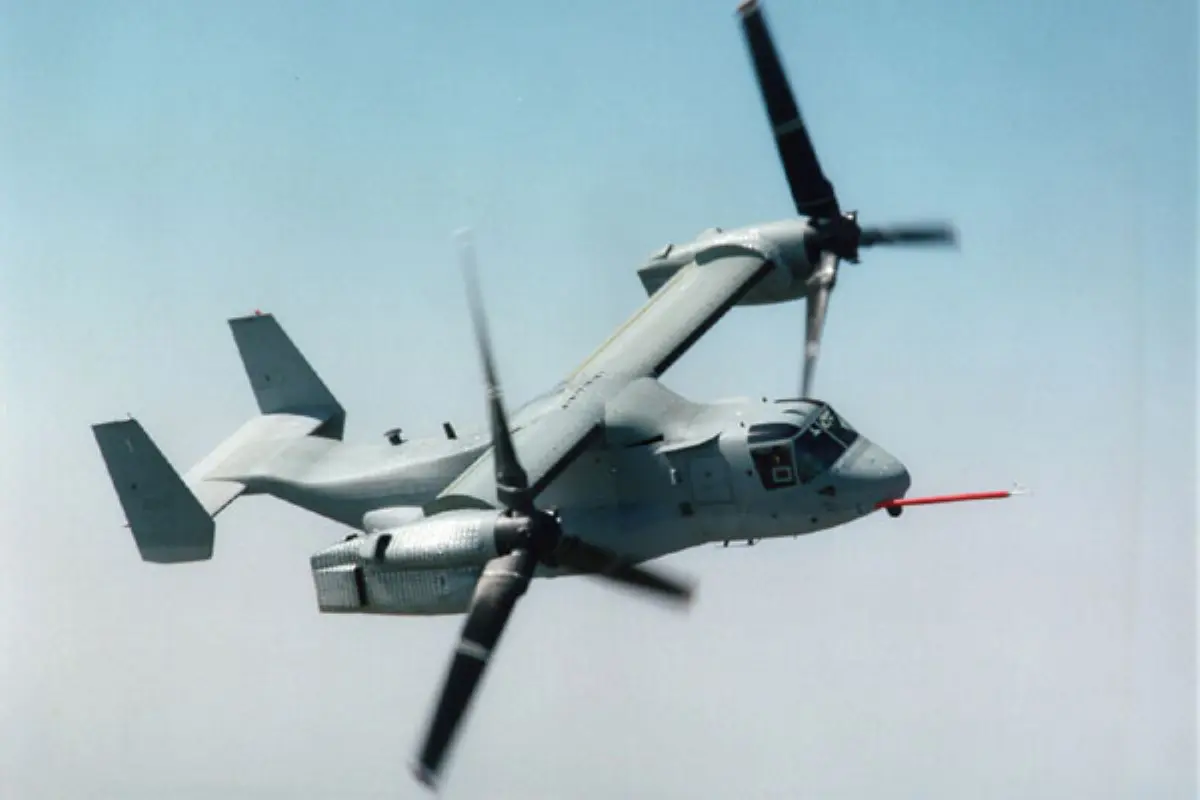
Do you want to access to this and other private contents?
Log in if you are a subscriber or click here to request service
Planes and helicopters: safety doubts on "Osprey"
The tilt-rotor propulsion system has been under investigation for some time

The recent fatal accident involving a Bell-Boeing V-22B "Osprey" tiltrotor (plane-helicopter) of the United States Marine Corps has prompted some industry experts to question the actual safety of this military aircraft. This hybrid designed to revolutionize the world of aeronautics is making headlines above all for a series of events: a few days ago one crashed in Australia, killing three soldiers...
Gic - 1253375
AVIONEWS - World Aeronautical Press Agency
AVIONEWS - World Aeronautical Press Agency